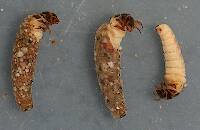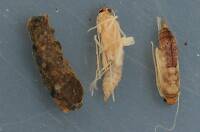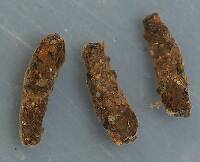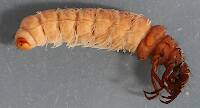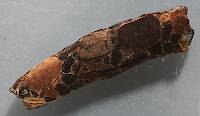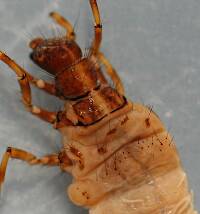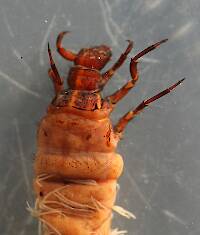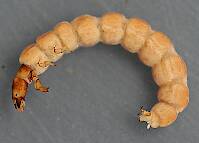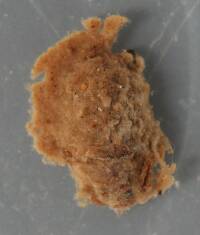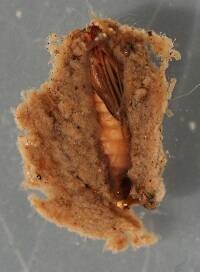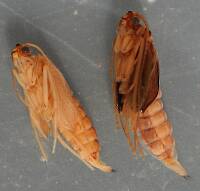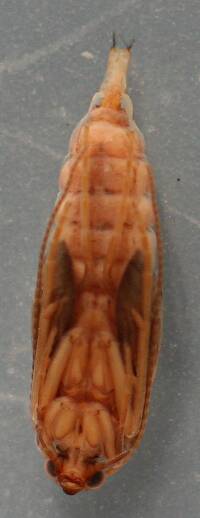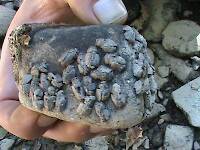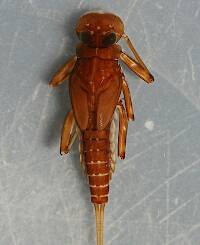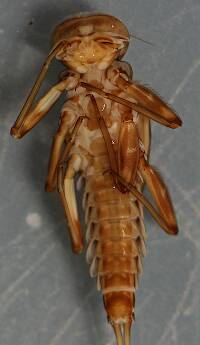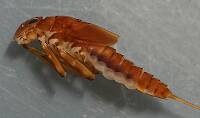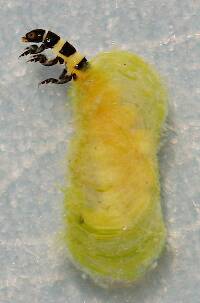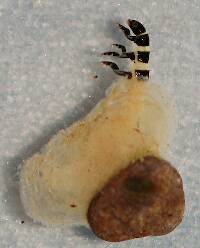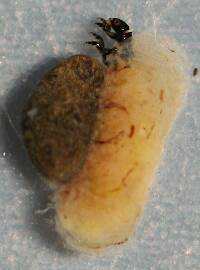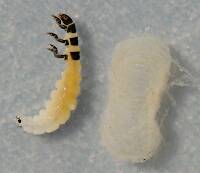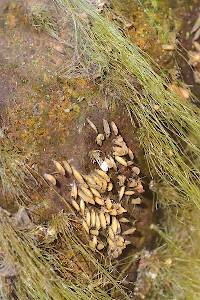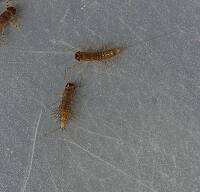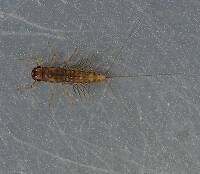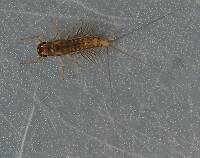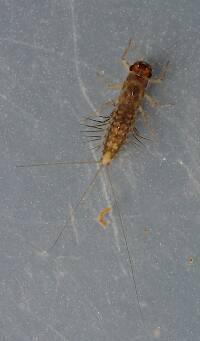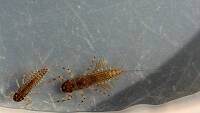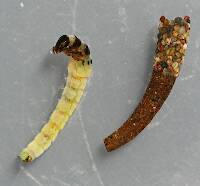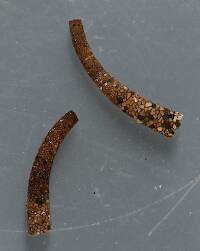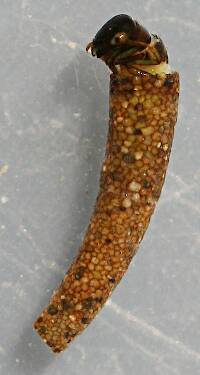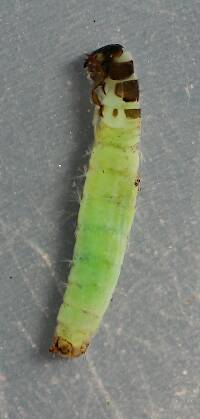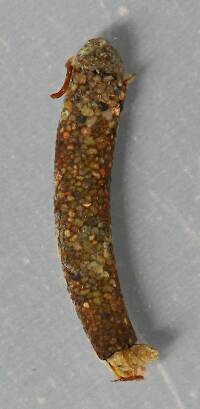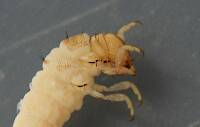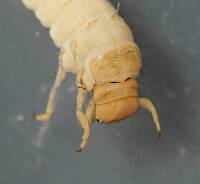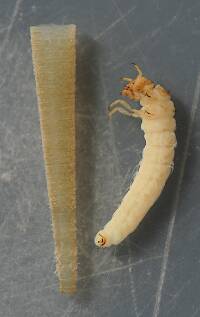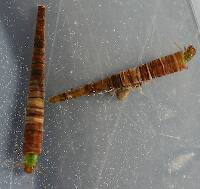
Blue-winged Olives
Baetis
Tiny Baetis mayflies are perhaps the most commonly encountered and imitated by anglers on all American trout streams due to their great abundance, widespread distribution, and trout-friendly emergence habits.
Featured on the forum

As far as I can tell, this species has only previously been reported from one site in Oregon along the Columbia gorge. However, the key characteristics are fairly unmistakable in all except for one minor detail:
— 4 small yellow spots on frons visible in photos
— Narrow occipital spinule row curves forward (but doesn’t quite meet on stem of ecdysial suture, as it's supposed to in this species)
— Short spinules on anterior margin of front legs
— Short rposterior row of blunt spinules on abdominal tergae, rather than elongated spinules dorsally
I caught several of these mature nymphs in the fishless, tiny headwaters of a creek high in the Wenatchee Mountains.
— 4 small yellow spots on frons visible in photos
— Narrow occipital spinule row curves forward (but doesn’t quite meet on stem of ecdysial suture, as it's supposed to in this species)
— Short spinules on anterior margin of front legs
— Short rposterior row of blunt spinules on abdominal tergae, rather than elongated spinules dorsally
I caught several of these mature nymphs in the fishless, tiny headwaters of a creek high in the Wenatchee Mountains.

Troutnut is a project started in 2003 by salmonid ecologist Jason "Troutnut" Neuswanger to help anglers and
fly tyers unabashedly embrace the entomological side of the sport. Learn more about Troutnut or
support the project for an enhanced experience here.
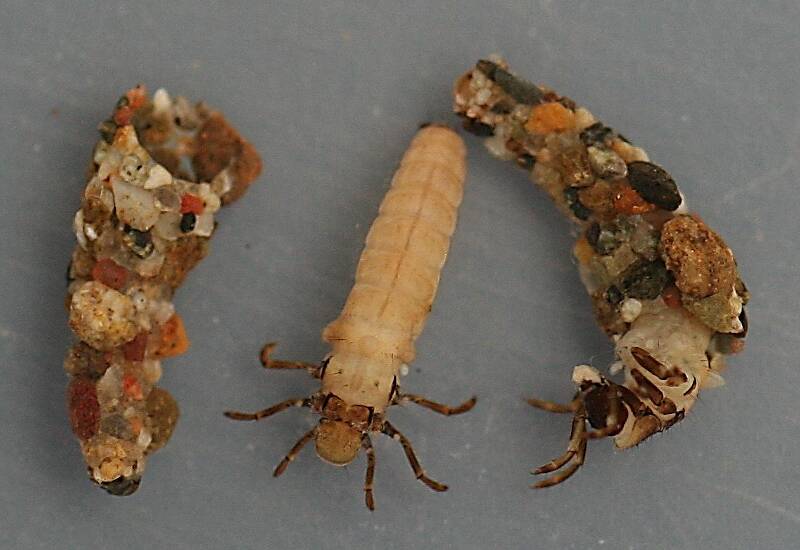
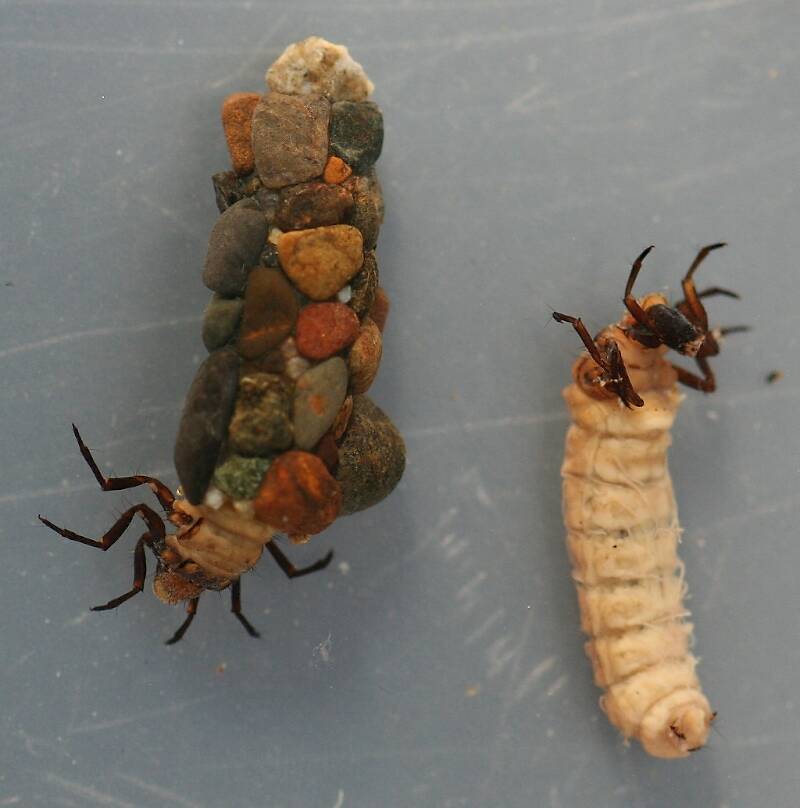
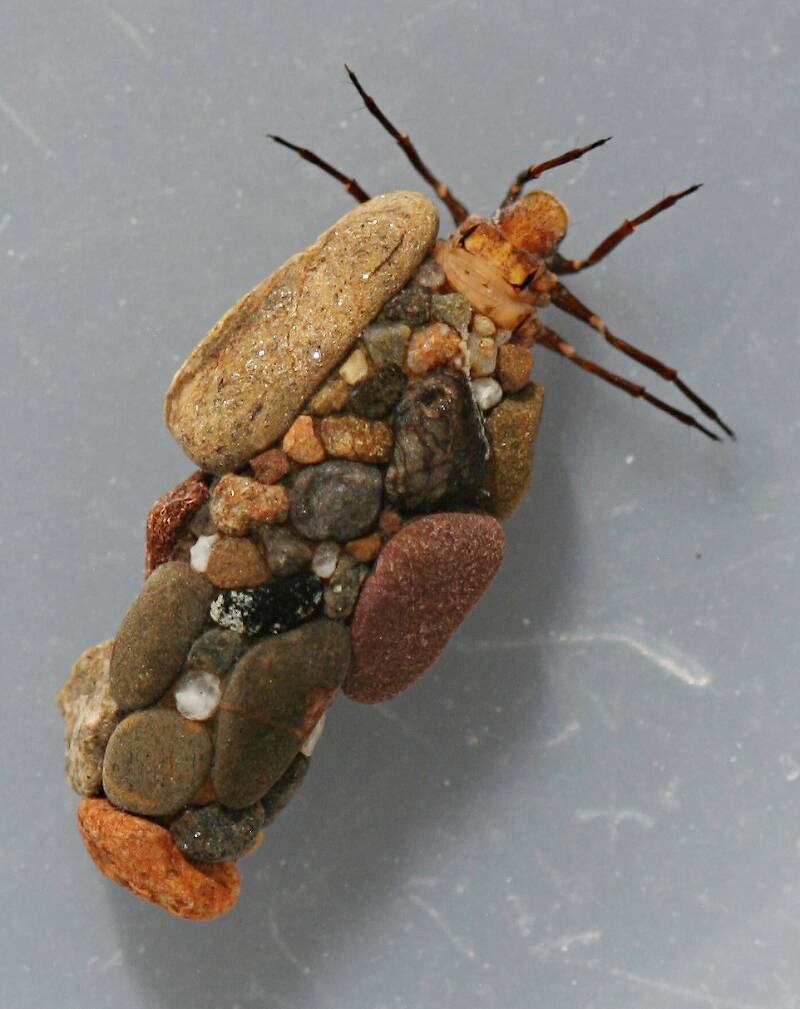
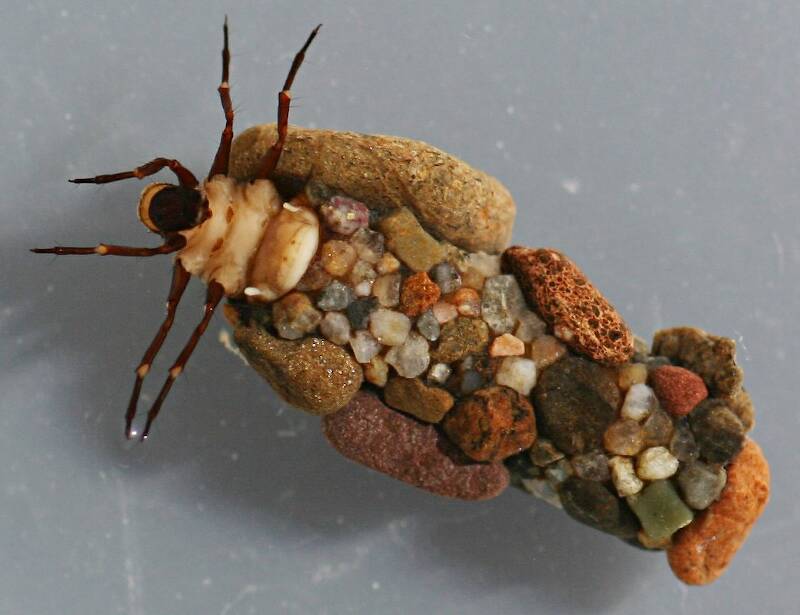
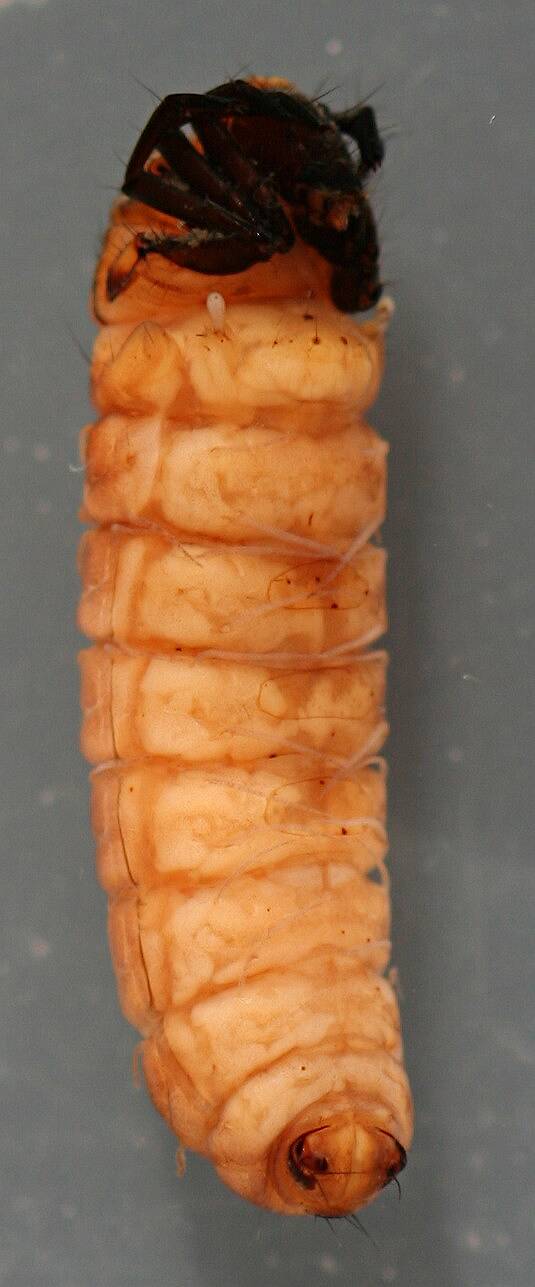
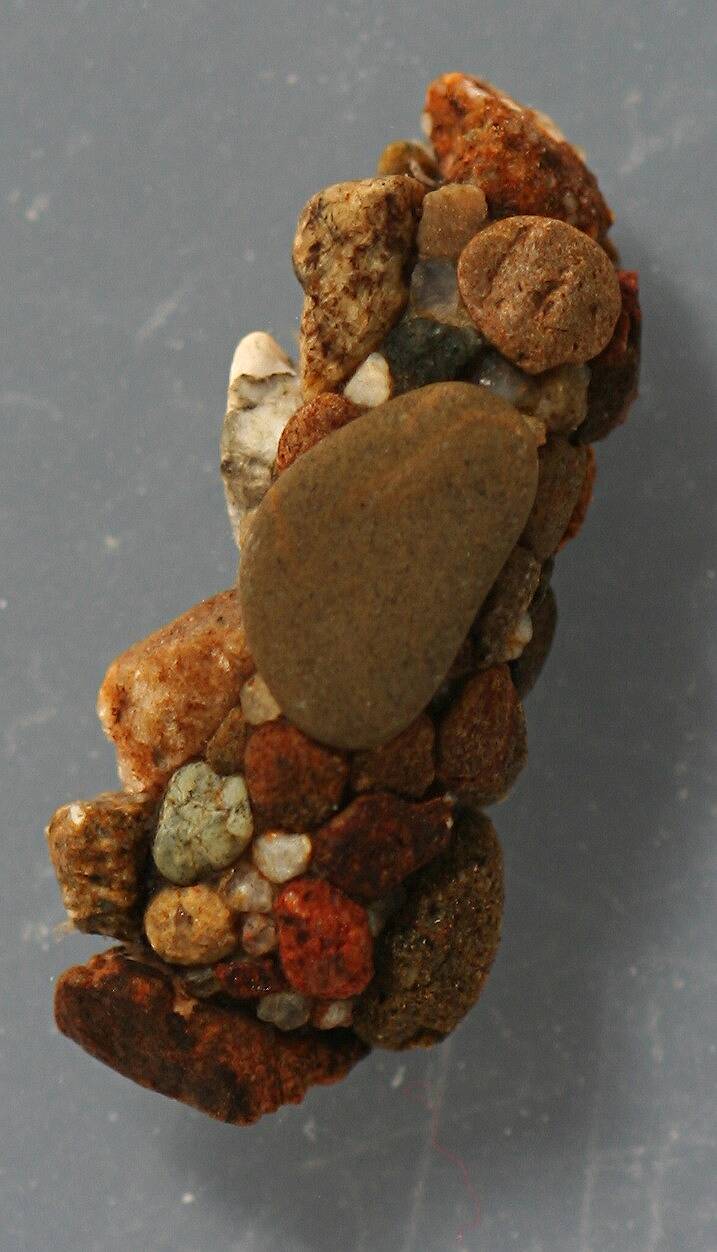
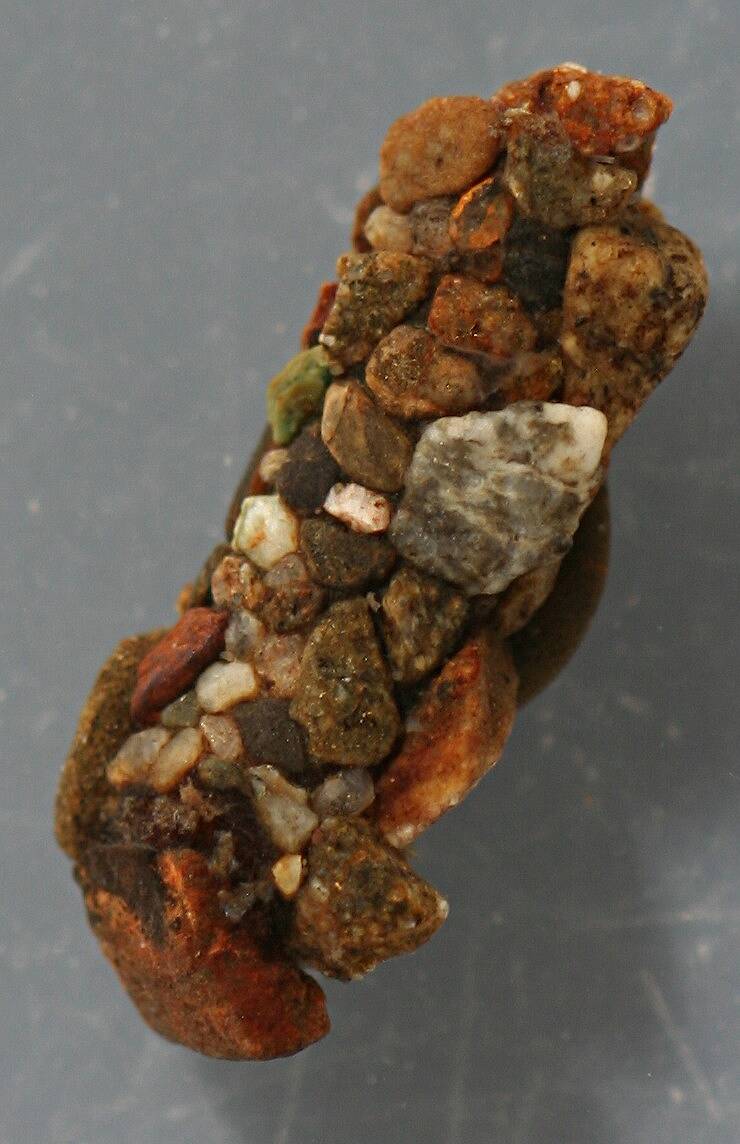
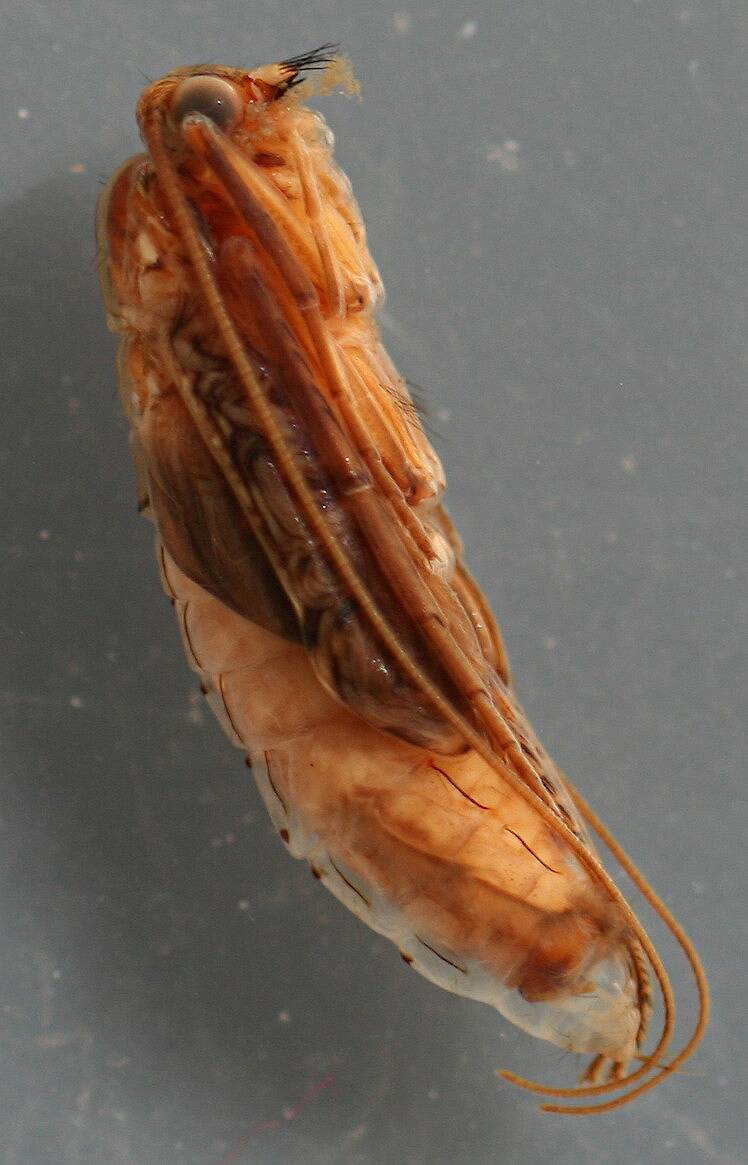

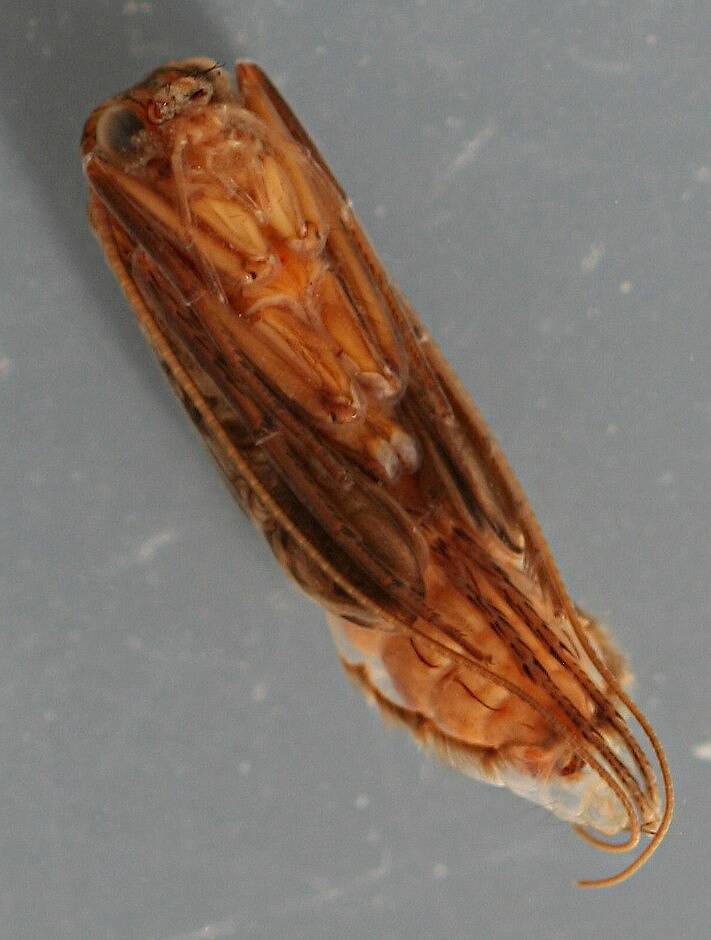
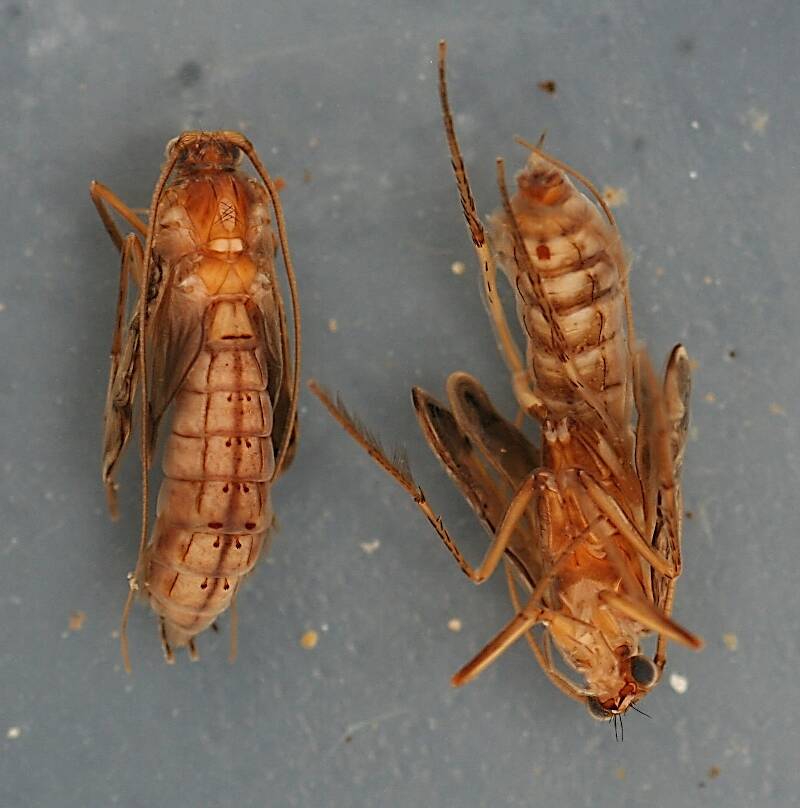
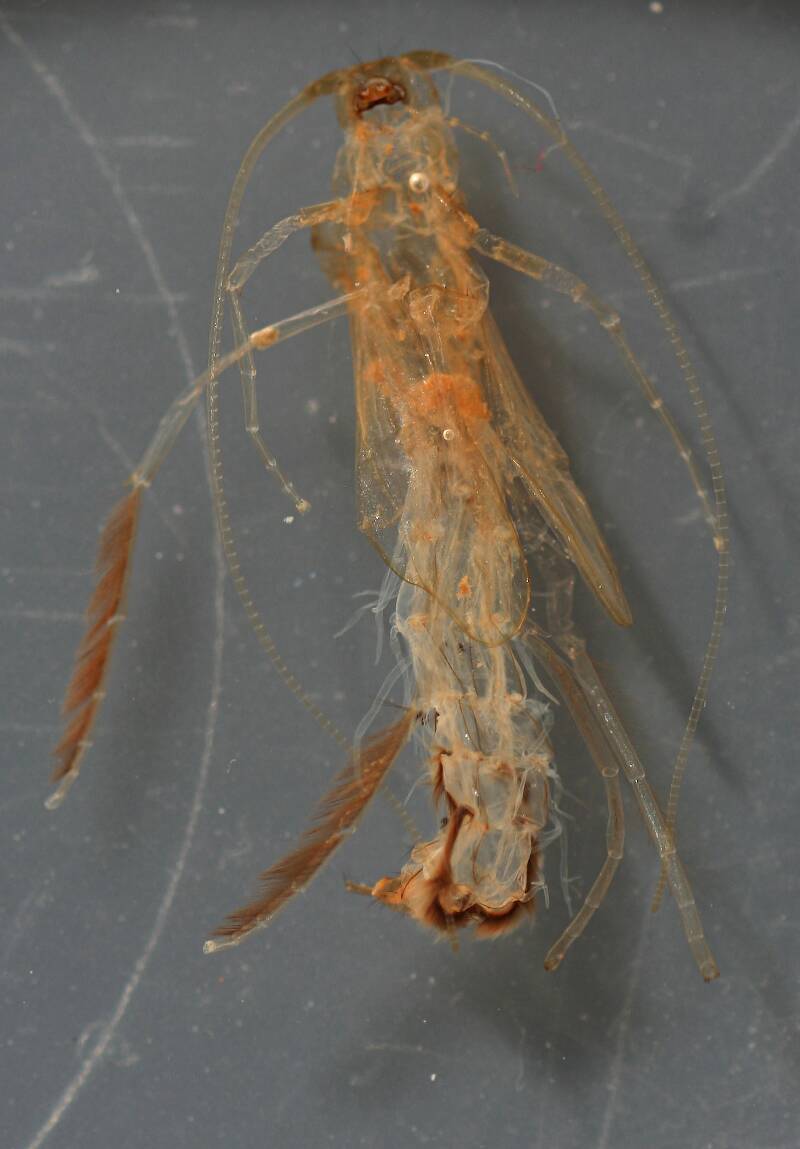
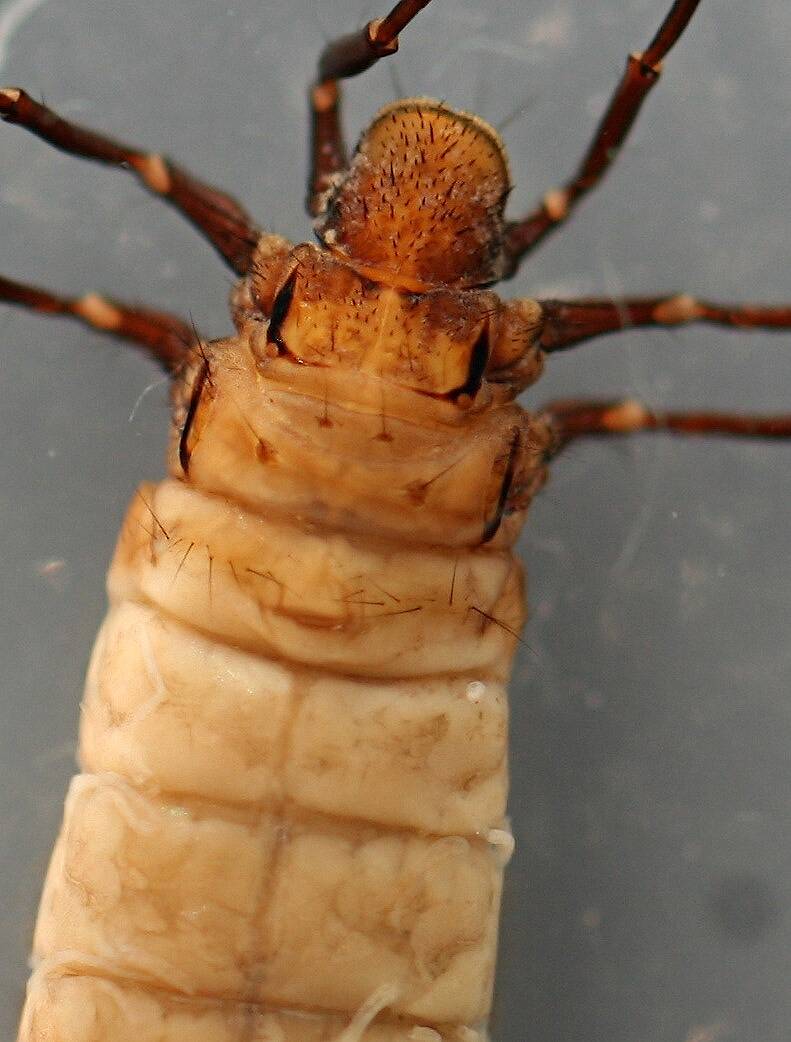
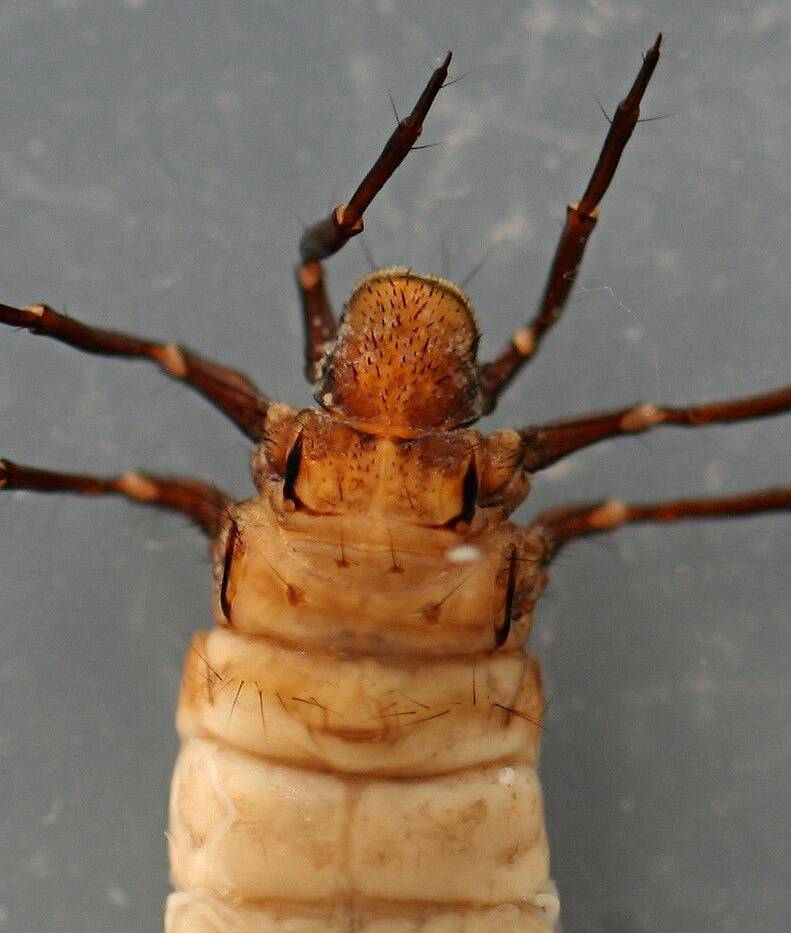
Millcreek on Nov 25, 2014November 25th, 2014, 3:54 pm EST
I haven't found these in the mainstem of the Russian River but they're abundant in a small tributary of the Russian, Mill Creek. The larvae are usually found in areas of slow water with healthy growths of diatoms on the substrate. Larvae are common from mid-spring through mid to late summer, depending on water temperatures. The larvae can often be seen above the waterline on rocks, presumably grazing on dried diatoms. They're seldom more than a few inches above the waterline but can spend half an hour or more out of the water. Prepupae and pupae can be found in medium to large aggregations on cobble from early summer to the first floods. When the larvae construct their pupal cases they enter a state of diapause as prepupae for several weeks to several months.
There are at least three species of Neophylax in California, Neophylax occidentis, N. rickeri and N. splendens. Wiggins (1996) described the larvae of N. rickeri but I've been unable to find descriptions of the other two species.
There are at least three species of Neophylax in California, Neophylax occidentis, N. rickeri and N. splendens. Wiggins (1996) described the larvae of N. rickeri but I've been unable to find descriptions of the other two species.
"If we knew what it was we were doing, it would not be called research, would it?"
-Albert Einstein
-Albert Einstein
Creno on Nov 25, 2014November 25th, 2014, 4:15 pm EST
try this - Vineyard, R.N., Wiggins, G.B., Frania, H.E., Schefter, P.W. 2005. The caddisfly genus Neophylax (Trichoptera: Uenoidae). Royal Ontario Museum, Contributions in Science 2: 1-141.
If you can get a good closeup image of the pro/mesonotum like in your image 3 should be able to determine species.
If you can get a good closeup image of the pro/mesonotum like in your image 3 should be able to determine species.
Millcreek on Nov 25, 2014November 25th, 2014, 4:21 pm EST
Dave,
Damn, you're fast. Just finished this and already an answer. I'll try hunting up the paper and checking it out. Thanks.
Mark
Damn, you're fast. Just finished this and already an answer. I'll try hunting up the paper and checking it out. Thanks.
Mark
"If we knew what it was we were doing, it would not be called research, would it?"
-Albert Einstein
-Albert Einstein
Millcreek on Nov 27, 2014November 27th, 2014, 9:30 am EST
try this - Vineyard, R.N., Wiggins, G.B., Frania, H.E., Schefter, P.W. 2005. The caddisfly genus Neophylax (Trichoptera: Uenoidae). Royal Ontario Museum, Contributions in Science 2: 1-141.
Got an email from Creno including illustrations of Neophylax occidentis, N. rickeri and N. splendens from the publication above. These specimens appear to be Neophylax rickeri as far as I can determine.
"If we knew what it was we were doing, it would not be called research, would it?"
-Albert Einstein
-Albert Einstein
Quick Reply
Related Discussions
Topic
Replies
Last Reply
4
Oct 29, 2014
by Millcreek
by Millcreek
7
Nov 20, 2006
by GONZO
by GONZO


